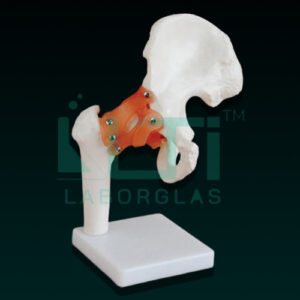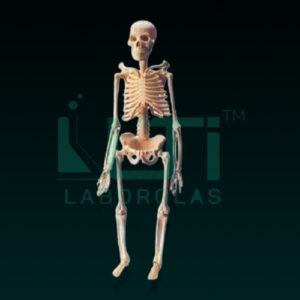- Made of PVC.
- With muscles marking & ligaments.
A routine brain model, commonly used in educational and medical settings, serves various purposes for studying and understanding the human brain. Here’s a brief overview of its uses:
- Educational Tool: Routine brain models are fundamental educational aids, facilitating the teaching and learning of brain anatomy and structures in classrooms and laboratories.
- Medical Training: They are utilized in medical training programs to help students, residents, and healthcare professionals familiarize themselves with the anatomy of the brain.
- Neurology Demonstrations: Routine brain models are used in neurology demonstrations to illustrate normal brain structures and their functions.
- Patient Education: Healthcare professionals use these models to educate patients about brain anatomy and medical conditions, making complex information more accessible.
- Research Reference: Researchers may use routine brain models as references when studying brain-related topics, providing a tangible representation for comparison and analysis.
- Medical Conferences: These models are often employed in medical conferences and presentations to enhance visual understanding and discussion of neurological topics.
- Psychology Studies: In psychology studies, routine brain models may be used to explain brain structures and their relevance to various psychological processes and behaviors.
- Diagnostic Training: Radiologists and other diagnostic professionals use routine brain models to enhance their diagnostic skills by reinforcing anatomical knowledge.





